Home
>
Student Information
>
Living in Australia
Living in Australia
Living in Australia
Australia at a Glance
Australia has 24 million people and it is the most urbanised country in the world with 70% of the population living in cities. Australia is divided into six states and two territories. The capital city is Canberra and the official language is English. Sydney and Melbourne are the largest cities. Australia is known for its relaxed lifestyle and its beach culture in particular on the East Coast of the country. Its wild life is abundant and the iconic Kangaroo is easy to be seen as close as the outskirts of cities.
Australia a vibrant multicultural society
Australia prides itself to have evolved in a highly successful multicultural society with nearly half of the population born overseas or with a parent born overseas.
We welcome international students and in 2018 there were over 550,000 international students, predominantly from China, India, Nepal, Malaysia and Brazil
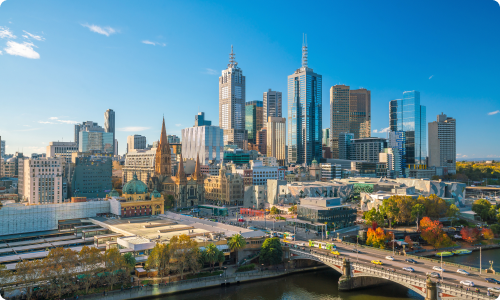
Brisbane at a Glance
State
Queensland
Timezone
GMT/UTC + 10 Hours
Brisbane is the capital of Queensland and is the third most populous city of Australia with a population of 2.4 million people. Brisbane is known for its relaxed lifestyle with a focus on outdoor activities. It prides itself to the “Australia most liveable city”. Due to its size, it offers a wide range of activities for everyone be it shopping, cultural or sporting activities.
Weather
Summer
December – February
Average Temperature: 27 ºC
Autumn
March - May
Average Temperature: 23 ºC
Winter
June – August
Average Temperature: 17 ºC
Spring
September – November
Average Temperature: 22 ºC
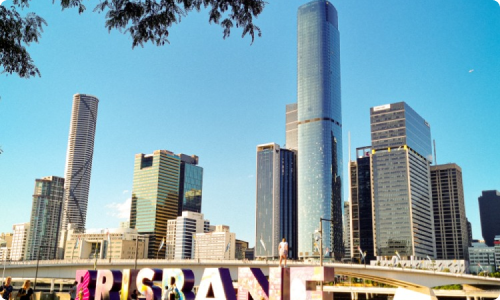
Living in Brisbane
Information about living in Brisbane can be
found here
Living in Brisbane
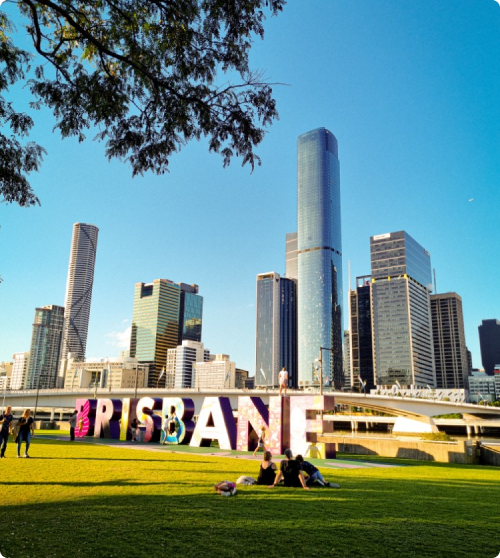
Brisbane at a Glance
State
Queensland
Timezone
GMT/UTC + 10 Hours
Brisbane is the capital of Queensland and is the third most populous city of Australia with a population of 2.4 million people. Brisbane is known for its relaxed lifestyle with a focus on outdoor activities. It prides itself to the “Australia most liveable city”. Due to its size, it offers a wide range of activities for everyone be it shopping, cultural or sporting activities.
Weather
Summer
December – February
Average Temperature: 27 ºC
Autumn
March - May
Average Temperature: 23 ºC
Winter
June – August
Average Temperature: 17 ºC
Spring
September – November
Average Temperature: 22 ºC
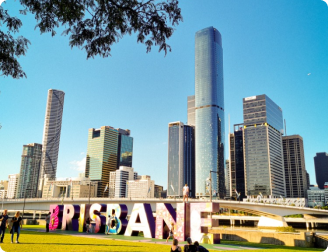
Living in Brisbane
Information about living in Brisbane can be found here
Living in Brisbane
Melbourne at a Glance
State
Victoria
Timezone
GMT/UTC + 10 Hours
Melbourne is Victoria’s capital city and the business, administrative, cultural and recreational hub of the state. The entire Greater Melbourne area covers 9992.5 km2 and has a population of around 4.96 million.
Weather
Summer
December – February
Average Temperature: 27 ºC
Autumn
March - May
Average Temperature: 23 ºC
Winter
June – August
Average Temperature: 17 ºC
Spring
September – November
Average Temperature: 22 ºC
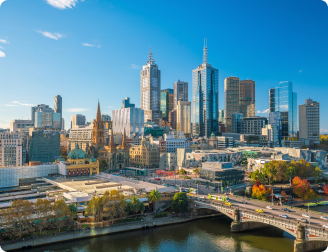
Living in Melbourne
Information about living in Brisbane can be
found here
Living in Melbourne
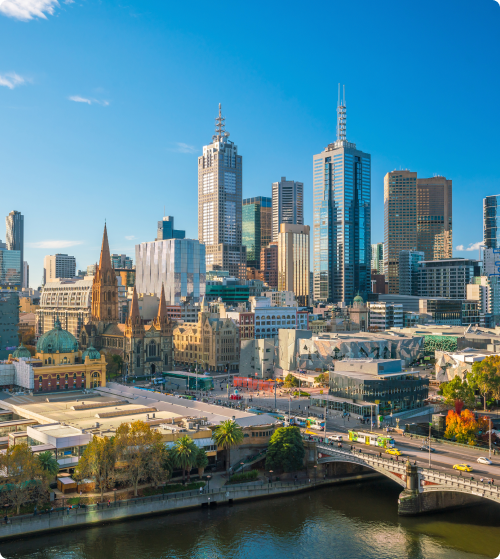
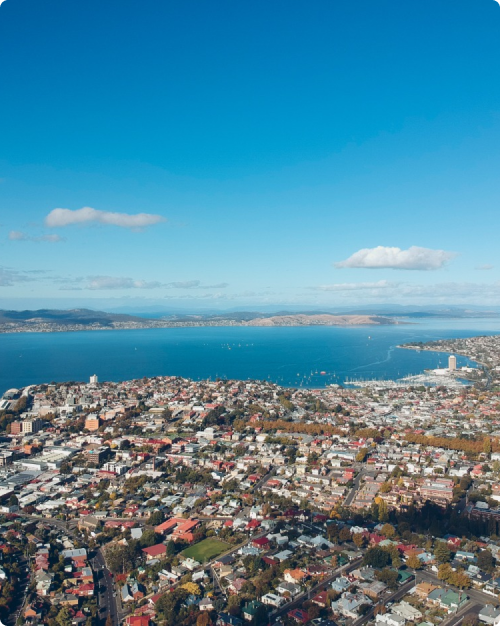
Hobart at a Glance
State
Tasmania
Timezone
GMT/UTC + 10 Hours
Weather
Summer
December – February
Average Temperature: 27 ºC
Autumn
March - May
Average Temperature: 23 ºC
Winter
June – August
Average Temperature: 17 ºC
Spring
September – November
Average Temperature: 22 ºC
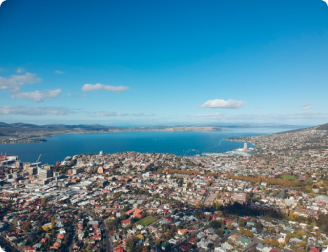
Sydney at a Glance
State
New South Wales
Timezone
GMT/UTC + 10 Hours
Weather
Summer
December – February
Average Temperature: 27 ºC
Autumn
March - May
Average Temperature: 23 ºC
Winter
June – August
Average Temperature: 17 ºC
Spring
September – November
Average Temperature: 22 ºC

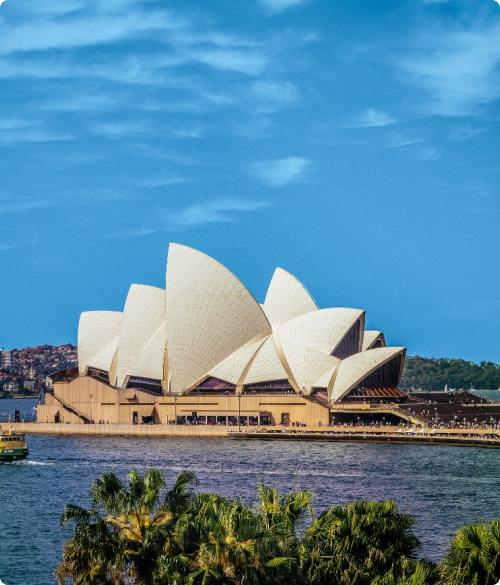
Melbourne at a Glance
State
Victoria
Timezone
GMT/UTC + 10 Hours
Melbourne is Victoria’s capital city and the business, administrative, cultural and recreational hub of the state. The entire Greater Melbourne area covers 9992.5 km2 and has a population of around 4.96 million.
Weather
Summer
December – February
Average Temperature: 27 ºC
Autumn
March - May
Average Temperature: 23 ºC
Winter
June – August
Average Temperature: 17 ºC
Spring
September – November
Average Temperature: 22 ºC
Living in Melbourne
Information about living in Melbourne can be
found here
Living in Melbourne

Hobart at a Glance
State
Tasmania
Timezone
GMT/UTC + 10 Hours
Hobart, Tasmania’s capital, is a captivating blend of natural beauty and historical
charm. Nestled beside the Derwent River and framed by the majestic Mount Wellington, the city
offers stunning vistas. Its well-preserved colonial architecture, such as Salamanca Place and Battery
Point, evoke a sense of history. Hobart’s cultural scene is vibrant, anchored by the Museum of Old
and New Art (MONA) and a lively culinary landscape showcasing local produce. As a gateway to
Tasmania’s wilderness, the city is a hub for outdoor adventures. With its harmonious fusion of
nature, culture, and history, Hobart offers a truly enriching experience.
Weather
Summer
December – February
Average Temperature: 27 ºC
Autumn
March - May
Average Temperature: 23 ºC
Winter
June – August
Average Temperature: 17 ºC
Spring
September – November
Average Temperature: 22 ºC
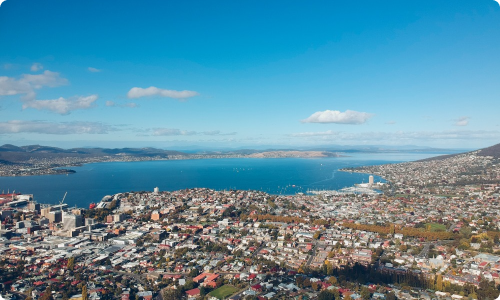
Sydney at a Glance
State
New South Wales
Timezone
GMT/UTC + 10 Hours
Sydney, a global education hub, welcomes international students with open arms. Its
iconic landmarks, like the Sydney Opera House and Harbour Bridge, create a dynamic backdrop for
learning. Renowned universities and diverse programs cater to various interests. The city’s
multicultural vibe fosters a sense of belonging, while its vibrant arts scene, stunning beaches, and
bustling markets provide endless exploration. With a mix of academic excellence and cultural
richness, Sydney offers international students an unforgettable experience of growth, adventure,
and connection.
Weather
Summer
December – February
Average Temperature: 27 ºC
Autumn
March - May
Average Temperature: 23 ºC
Winter
June – August
Average Temperature: 17 ºC
Spring
September – November
Average Temperature: 22 ºC
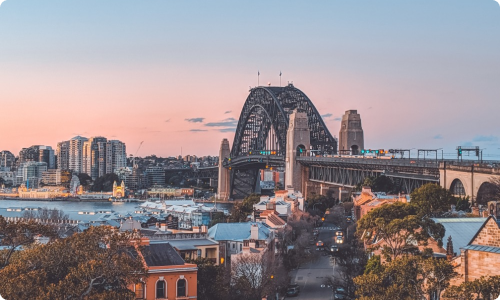
Ready to get Started?
Ready to get Started?
Take your education to the next level with Brighton.
